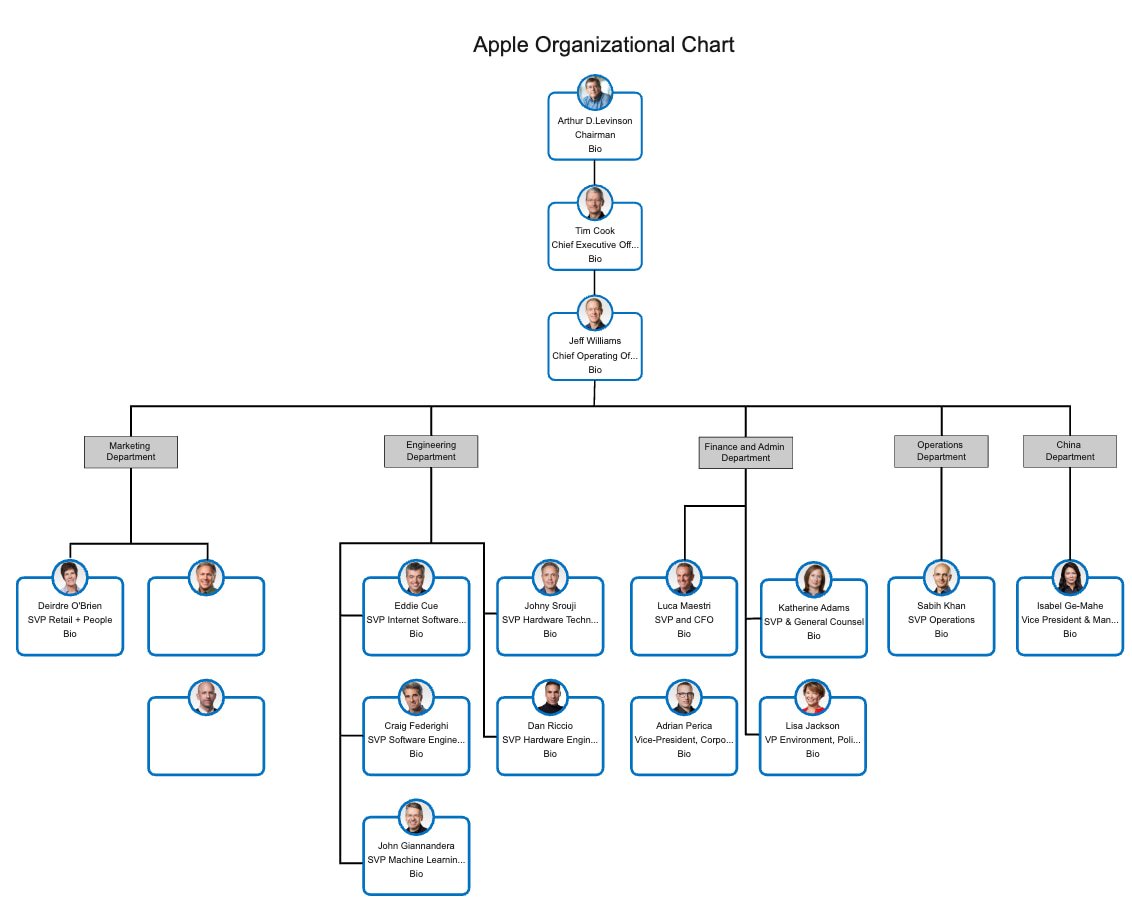The following guide will provide an overview of the power of visual communication and offer several examples of how you can effectively use it in your company today.
What is visual communication?
Visual communication is similar to graphic design, using similar elements such as images, typography, and color. However, the two categories have different goals. In graphic design, the intent is usually to create a single or a set of artistic pieces.
On the other hand, visual communication looks to use different visuals and imagery to express overarching ideas or invoke emotions. It can also be a handy tool to break down complex processes. For example, if you’ve ever read an instruction manual with pictures that show how to put together furniture, that’s visual communication.
Types of Visual Communication
Visual communication has evolved since its first big spike in popularity during the 19th century. Originally, most visual communication strategies were limited to images and graphics displayed in print media or advertisements. Today, there are several different types of strategies organizations use to connect with audiences.
Here is a closer look at five of the most common types of visual communication businesses use today.
Images
Similar to the early days of visual communication, companies still rely on images to paint pictures and tell stories. However, with advancements in printing technology and photography software, enhancing and manipulating pictures at will is possible.
This additional flexibility has made it possible to create virtually any type of design or scene a company can think of.
Symbols
While some symbols are regionally accepted, there are several symbols that most people worldwide recognize within seconds.
For example, if you see an icon featuring a white envelope, you most likely associate it with email. Similarly, if a lock symbol appears on a document, it generally means the document is secure.
Typography
Unlike the other types of visual communication, typography is one that many businesses don’t utilize enough. While it’s important to remember your company’s brand standards, certain types of typography can help tell a story and connect with your audience emotionally.
Take the following typography, for example:

Did you immediately think of a child?
Incorporating different types of typography into specific marketing campaigns makes it easier to connect your organization and your intended audience.
Color
Color may be one of the most important elements of your visual communication strategy. Pick the wrong color or one that’s too loud, and you might turn off customers. Similarly, if you stick to a single gray color, there’s a risk that the audience will get bored with the design and ignore the overall message.
Often, the best option is to utilize brand colors to produce easily recognizable designs for customers. You don’t want to interject a piece of marketing collateral that’s different shades of purple if your branding is blue and green.
Data Visualization
Even though consumers want to see data backing up organizations' claims, they don’t necessarily want to see it in its raw form. Very few people will take the time to read a table that includes 50 rows. However, turning the data into a visually appealing pie chart or bar graph can quickly convey the same information in an easy-to-digest manner.
Examples of Visual Communication
There are many ways to utilize visual communication to tell stories and capture exciting data trends. For instance, recent results from a customer survey can be placed into an infographic and emailed to customers. Likewise, your team can turn the same results into graphs to compare year-over-year trends.
The opportunities to use visual communication in your organization are limitless. Here are a few other examples of ways to incorporate these visual elements into your marketing strategy.
Charts & Graphs

Charts and graphs are a great example of how visual communication can be used effectively throughout an organization. One of the most common chart types is a chain of command chart. Instead of simplifying listing positions with the employee names, these visual aids allow readers to quickly see the company’s hierarchy and the tenure of some of the employees.
Infographics

Infographics are one of the most powerful visual communication tools marketers use. These designed pieces typically include different symbols and data points to tell an overarching story. In the example above, the six principles of connected learning are displayed in a minimalist design, allowing readers to digest the information quickly.
This communication style is more effective and engaging than if the company had decided to list the six principles with a paragraph under each heading.
Maps

Most customers are familiar with maps in the traditional sense of showing directions throughout a region. However, maps can also be a powerful form of visual communication for organizations. For instance, creating a map with symbols representing the areas your business serves or where you have offices can be a great way to communicate your location to customers quickly.
Why Visual Communication Is Important
Visual communication is important for customers and employees alike. It allows organizations to communicate information quickly and provides a different way for the audience to engage with content.
There is likely a generational age gap between team members and the customers you're targeting. While some generations prefer text-driven communication, others react better to visual guides. Incorporating different forms of visual communication, like interactive maps and flowcharts, can be a great way to bridge the gap between different groups.
Utilizing visual communication tools also helps improve the retention rate of an audience. Microsoft conducted a study that revealed a person's attention span is roughly 8 seconds. With so little time to make an impact, having the right combination of symbols, icons, and imagery is vital for success.
Best Practices for Using Visual Communication
No two companies are the same, and neither are the audiences they‘re targeting, which is why it’s crucial to put yourself in a customer‘s shoes. Depending on different demographics, a certain audience may care more about a product’s environmental impact. Similarly, your audience may care most about cost-saving benefits.
Understanding what's important to your customers will determine how to tailor your visual communication tactics best. However, there are also several best practices that you should consider throughout the creation process. These key elements include:
- Understanding the goal of your visuals.
- Replacing phrases with icons or illustrations when possible.
- Condensing complicated processes into visual guides.
- Making your visuals pop with color.
- Using powerful imagery to tell a story.
- Including visual metaphors to engage customers.
Make Your Visuals Effective
Crafting compelling visual communication tools can be challenging, especially when you haven’t fully identified your target audience’s needs. One of the best ways to start the process of improving the effectiveness of your visual campaigns is to use templates.
Download your free kit today from HubSpot and get access to over 150+ content creation templates to help you get started.
Editor's note: This article was originally published in May 2014 and has been updated for comprehensiveness.
Visual Content






![How Visuals Will Impact Marketing in 2017, According to New Data [Infographic]](https://53.fs1.hubspotusercontent-na1.net/hubfs/53/00-Blog_Thinkstock_Images/how-visuals-impact-marketing-2017.png)
.jpg)
![10 Types of Visual Content Your Brand Should Be Creating Right Now [Infographic]](https://53.fs1.hubspotusercontent-na1.net/hubfs/53/00-Blog_Thinkstock_Images/Visual_Content_Types.jpg)
![How Images Make Content More Shareable on Facebook, Instagram & Twitter [Infographic]](https://53.fs1.hubspotusercontent-na1.net/hubfs/53/shareable-images.jpeg)

![A Handy Little Guide to Creating Visual Content for Social Media [Infographic]](https://53.fs1.hubspotusercontent-na1.net/hub/53/file-2667260844.jpeg)
![How to Get More Engagement With Your Visual Content [Infographic]](https://53.fs1.hubspotusercontent-na1.net/hub/53/file-2415990899.jpeg)